💪 Support independent web, support us:
Welcome, Wanderers! Immerse yourselves in Weimar, an amazing place within Germany.
Weimar, a city steeped in history and culture, is a treasure trove of experiences waiting to be discovered.
From strolling through enchanting gardens to unraveling the mysteries of ornate architecture, Weimar has something for everyone.
So, pack your curiosity, and get ready to embark on a journey through one of Germany’s most charming destinations.
Weimar is known for its rich cultural heritage, especially for being the birthplace of the Bauhaus movement and home to renowned German poets such as Johann Wolfgang von Goethe and Friedrich Schiller.
With its grand architectural landmarks like the Goethe House and Schiller House, Weimar attracts visitors who appreciate art and literature.
If you enjoyed the cultural experience in Weimar, you might also be interested in visiting the coastal resort island of usedom or the spa town of bad durkheim, which are equally famous for their picturesque landscapes and wellness retreats.
1. Goethe National Museum
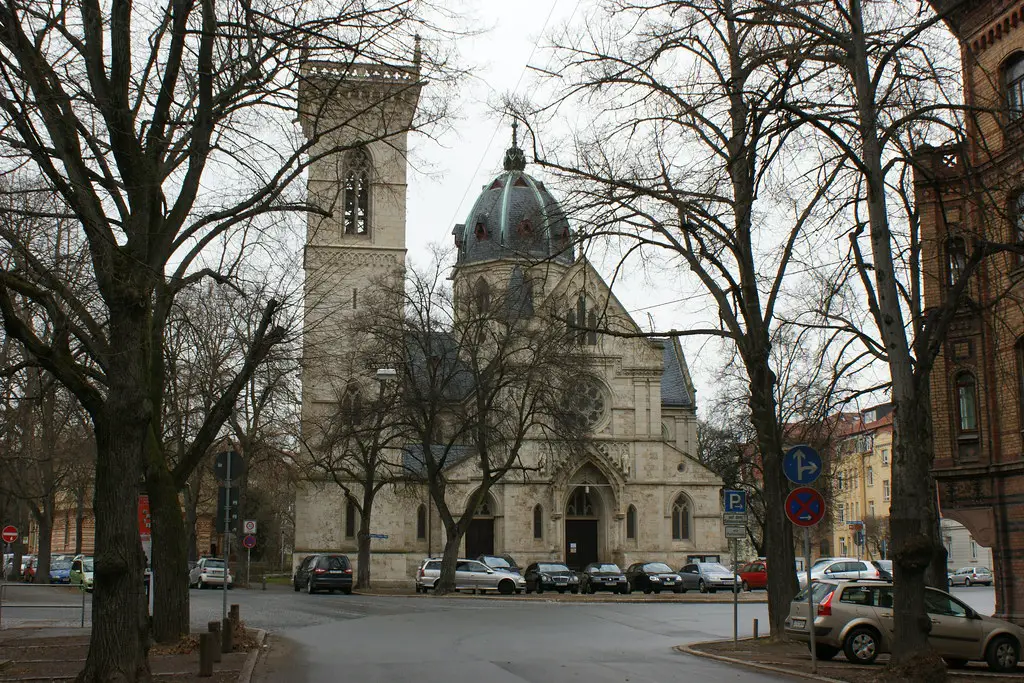
The Goethe National Museum is a museum dedicated to the life and work of Johann Wolfgang von Goethe, one of Germany’s most famous poets and writers.
What to see or do: Visitors can explore the extensive collection of manuscripts, letters, artwork, and other artifacts that illustrate Goethe’s life and career.
The museum also contains exhibits on the cultural and intellectual history of the late 18th and early 19th centuries.
Don’t miss: Don’t miss the chance to see the rooms where Goethe lived and worked, including his study, library, and bedroom.
The beautiful garden surrounding the museum is also worth a visit.
Insider travel tips: – Consider taking a guided tour of the museum to gain a deeper understanding of Goethe’s life and legacy.
2. Buchenwald Concentration Camp Memorial

The Buchenwald Concentration Camp Memorial is a historic site located in Weimar, Germany that serves as a reminder of the atrocities committed by the Nazi regime during World War II.
What to see or do: Visitors can tour the former camp site and view exhibits that tell the story of the camp, the prisoners who were held there, and the many individuals who lost their lives within its walls.
Don’t miss: The Memorial features several notable buildings, including a preserved barracks, watchtower, and crematorium.
Visitors should also visit the various monuments that exist to honor the victims of the Buchenwald concentration camp.
Insider travel tips: As with any site that commemorates a tragic moment in history, visitors should be respectful and mindful of the solemnity of the Memorial.
There are guided tours available for visitors, and it is recommended to arrive early in the day to avoid larger crowds.
3. Bauhaus-Museum Weimar
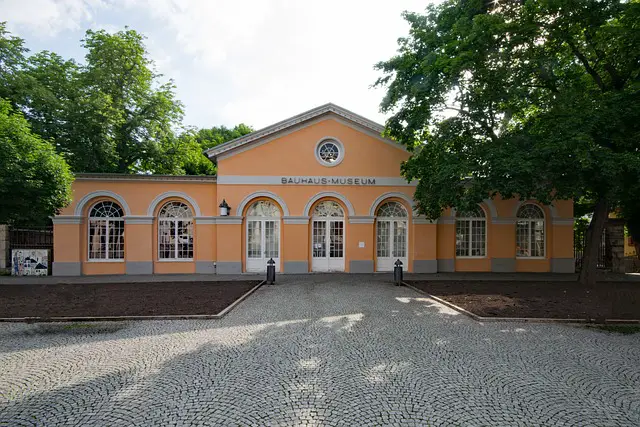
The Bauhaus-Museum Weimar is a modern museum dedicated to the history and legacy of the Bauhaus movement, which revolutionized art, architecture, and design in the early 20th century.
What to see or do: Explore the museum’s extensive collection of artworks, furniture, and designs created by Bauhaus artists and designers.
Learn about the history and philosophy of the Bauhaus movement through interactive exhibits and multimedia displays.
Take a guided tour to gain a deeper understanding of the significance of the Bauhaus movement.
Don’t miss: The permanent exhibition, which features iconic works by Bauhaus artists such as Walter Gropius, Marcel Breuer, and Wassily Kandinsky.
The museum’s rotating exhibitions, which explore different aspects of the Bauhaus movement and its impact on contemporary art and design.
Insider travel tips: The museum can get busy, so it’s best to book tickets in advance if possible.
If you’re interested in learning more about the Bauhaus movement, consider attending one of the museum’s lectures or workshops.
The museum also has a gift shop where you can purchase books, souvenirs, and other items related to the Bauhaus movement.
4. Schloss und Park Belvedere
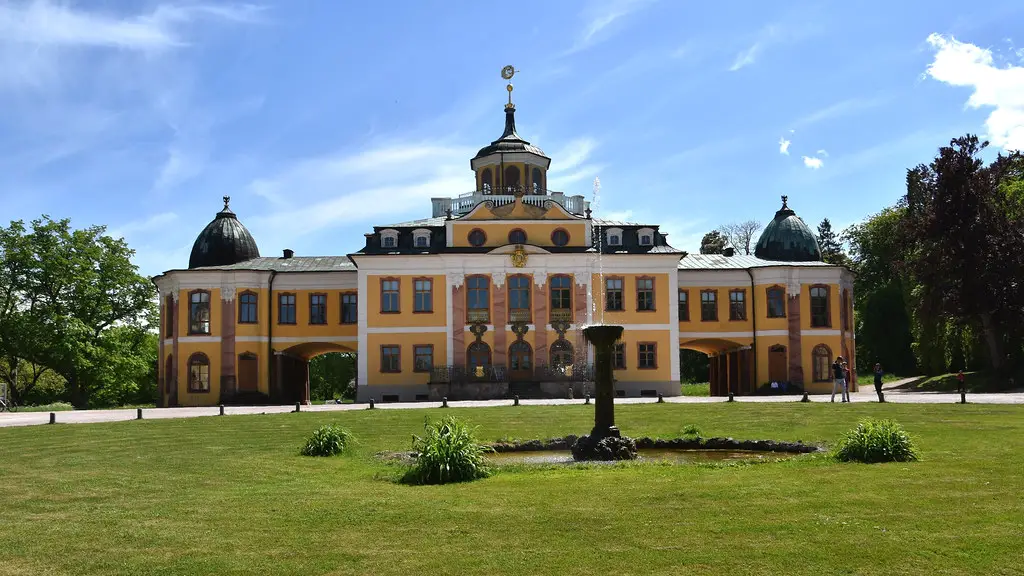
Schloss und Park Belvedere is a stunning Baroque palace and garden complex located in Weimar, Germany.
Built in the 18th century, it was once the residence of the Duke of Saxe-Weimar-Eisenach.
What to see or do: Visitors can stroll through the gardens and marvel at the impressive water features, sculptures, and flowers.
The palace itself is also worth exploring, with its ornate rooms and impressive art collection.
Be sure to take a guided tour to learn about the history of the palace and the art on display.
Don’t miss: Don’t miss the opportunity to walk up to the Belvedere Castle, which offers panoramic views of the surrounding countryside.
Also, check out the beautiful porcelain museum and the rococo-style ballroom.
Insider travel tips: If you have limited time, consider purchasing a combination ticket that includes access to both the Belvedere Palace and the nearby Weimar Palace Museum.
Additionally, plan your visit in the morning or late afternoon to avoid crowds.
5. National Museum Weimar
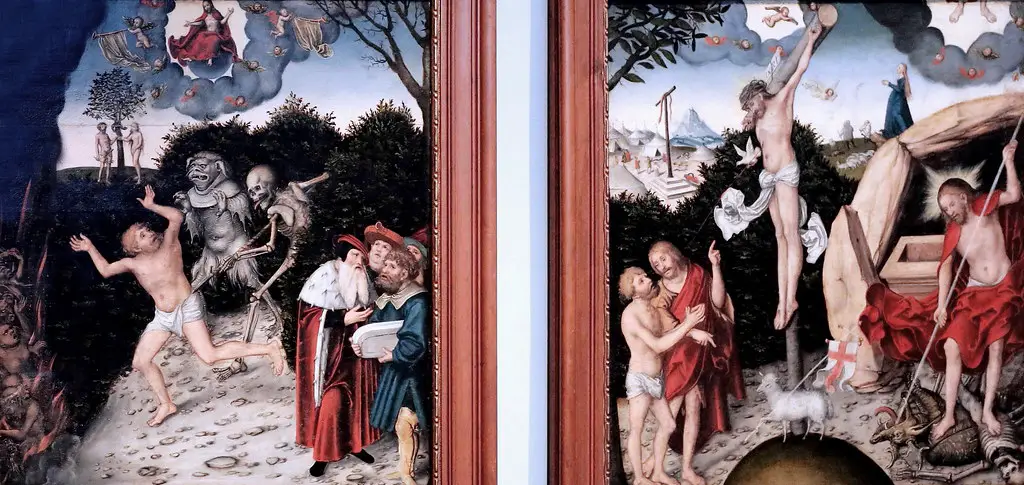
National Museum Weimar is a museum dedicated to German culture and history located in the city of Weimar, Germany.
What to see or do: Visitors can explore a variety of exhibitions on German literature, music, art, and politics.
The museum features a vast collection of artifacts from the Weimar Republic and the Bauhaus movement, as well as works by famous German artists like Johann Wolfgang von Goethe.
Don’t miss: The museum’s permanent exhibition “German Culture in Europe” is a must-see, showcasing the evolution of German culture from the Middle Ages to the present day.
Also, make sure to check out the Bauhaus Museum on the same premises, which features an extensive collection of artifacts from the iconic art school.
Insider travel tips: The museum is closed on Mondays and offers free admission on the first Thursday of every month.
Visitors should consider taking a guided tour to get the most out of the museum experience, as the displays can be quite overwhelming without context.
Additionally, there is an on-site café where you can enjoy a cup of coffee and some light snacks during your visit.
6. Herderkirche
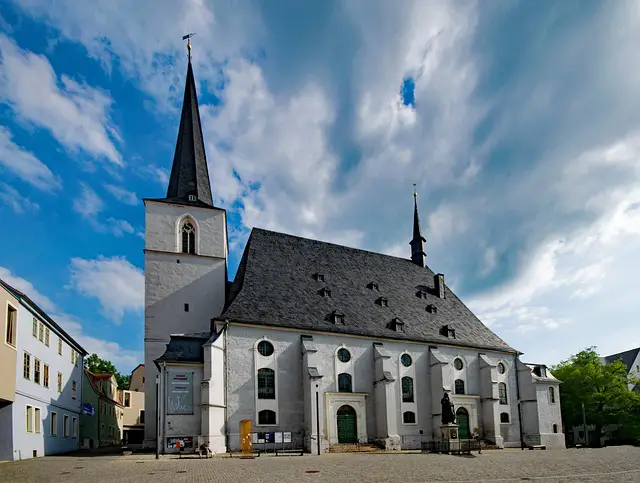
Herderkirche is a historic church located in the city of Weimar, Germany.
What to see or do: Visitors can admire the beauty of the church’s architecture and interior décor, featuring Baroque and Rococo styles.
Attend a church service to experience the religious and cultural significance of the church.
Don’t miss: The church’s famous altar painting, “The Adoration of the Shepherds” by painting Johann Christoph Reinsch, is a must-see attraction.
Additionally, the church’s impressive organ, built by renowned organ builder, Johann Nepomuk Holzhey deserves admiration.
Insider travel tips: For the best experience, attend one of the church’s regular services or concerts as the acoustics are excellent.
Visitors are advised to dress appropriately and to be respectful of the church’s religious significance.Admission is free but donations are appreciated.
7. Stadtkirche St Peter und Paul
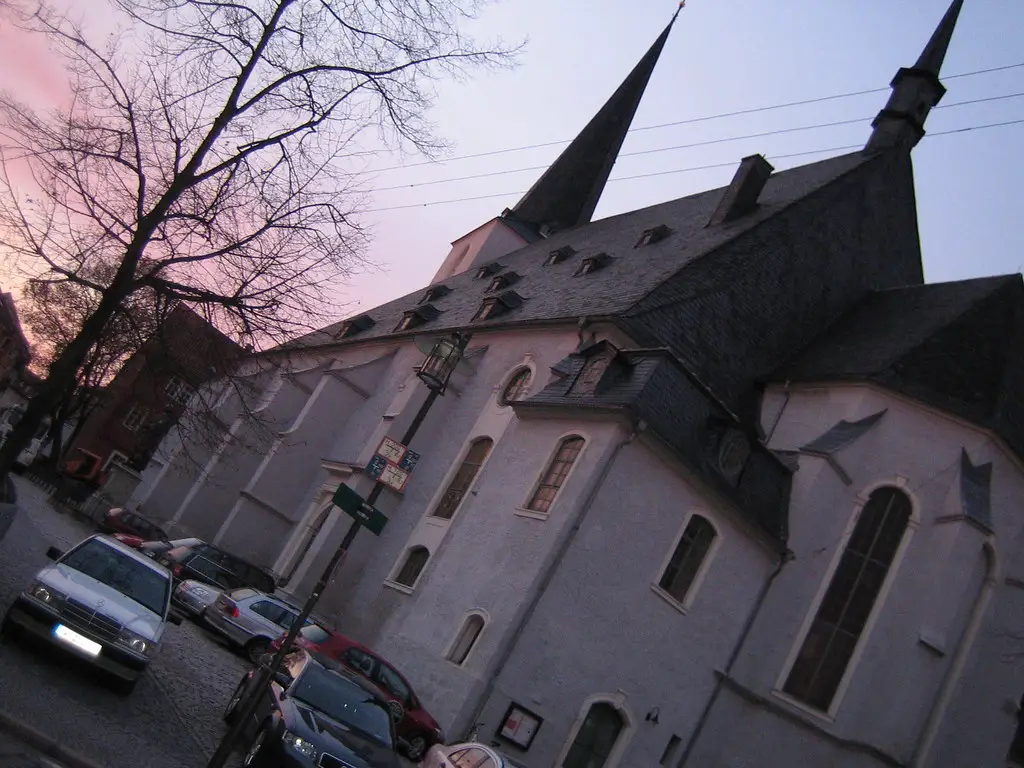
Stadtkirche St Peter und Paul is a historic church located in the heart of Weimar, Germany.
It was built in the 15th century and was the church where renowned German poet and writer Johann Wolfgang von Goethe attended services.
What to see or do: Visitors can admire the impressive Gothic architecture and impressive stained-glass windows as well as attend regular worship services.
The church is also home to an impressive organ with 50 registers.
Don’t miss: One of the highlights of the Stadtkirche St Peter und Paul is the tomb of Lucas Cranach the Elder, German Renaissance painter and friend of Martin Luther.
Insider travel tips: Consider visiting the church during one of its musical performances or organ concerts to experience the space in a unique way.
Additionally, the church is conveniently located near many other important landmarks in Weimar, including the Goethe National Museum and the Bauhaus Museum.
8. Wittumspalais

Historic building in Weimar, Germany that was previously used as a residence for members of the court and is now a cultural center.
What to see or do: View the stunning architecture and design of the building’s facade and interior.Attend one of the many concerts, exhibitions, and events hosted at the cultural center.
Don’t miss: Visit the lovely garden located behind the palace, which was originally designed in the English style with a romantic touch.
Insider travel tips: Take a guided tour of the palace to learn about its fascinating history and the famous figures who have visited.
Plan ahead and check the center’s schedule to see if any events or performances interest you.
9. Liszt-Haus

A museum dedicated to the life and work of renowned composer Franz Liszt, located in his former home in Weimar, Germany.
What to see or do: Explore the memorabilia and personal artefacts of Franz Liszt, including instruments, manuscripts, and letters.
Take a guided tour of the house and learn about the history of the building and the time Liszt spent in Weimar.
Don’t miss: The beautiful garden surrounding the museum, which provides a peaceful retreat and an opportunity to reflect on the music of Liszt.
Also, be sure to check out the concert hall, where performances of Liszt’s music are often held.
Insider travel tips: For a unique experience, visit during the annual Liszt Festival, which celebrates the life and music of Franz Liszt with concerts, lectures, and other events.
The museum can get busy during peak season, so consider visiting early in the morning or later in the afternoon to avoid crowds.
10. Markt
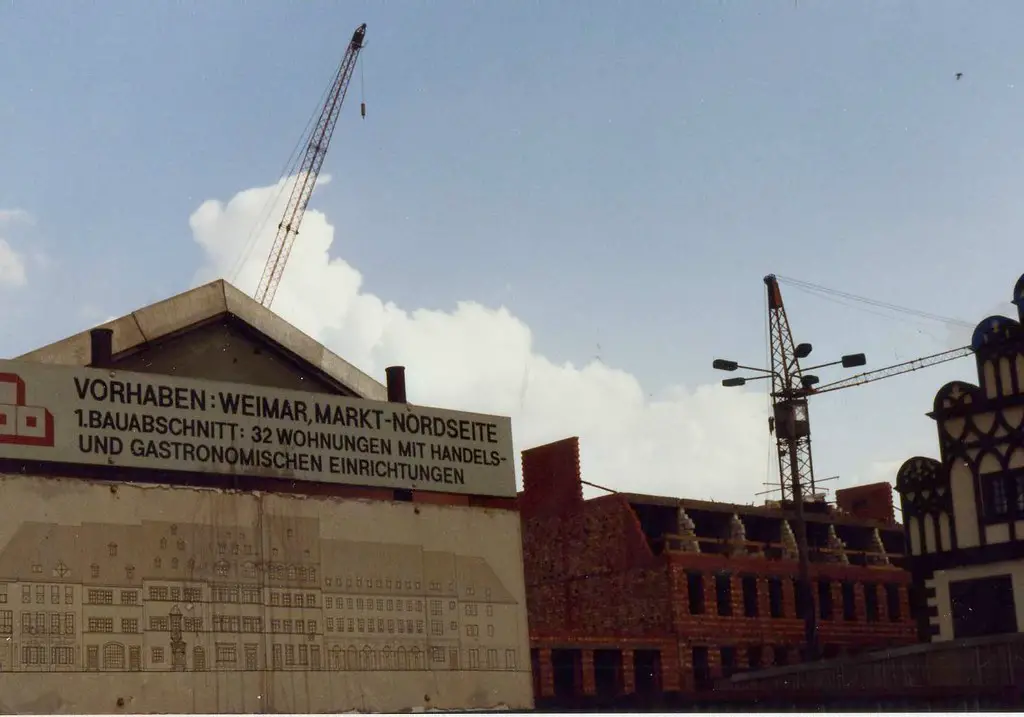
Markt is the bustling central square of Weimar, Germany.
What to see or do: Admire the stunning architecture of the historic buildings surrounding the square, including the Town Hall, St. Peter and Paul Church, and the Cranachhaus.
Take a stroll around the market stalls selling fresh produce, flowers and souvenirs.
Sit at one of the outdoor cafes and enjoy a drink while watching the lively street performers and events that often take place here.
Don’t miss: Catch the hourly chiming of the Glockenspiel, a musical clock in the tower of the Town Hall.
Insider travel tips: Visit Markt early in the day to avoid crowds.
Take the time to explore the side streets and alleys that lead off from the square, as they have many hidden gems and unique shops.
Don’t forget to try some of the delicious German street food available, including the famous Thüringer Rostbratwurst.
11. Cranachhaus

A museum dedicated to the life and work of Lucas Cranach the Elder and his son, Lucas Cranach the Younger.
What to see or do: Admire the impressive collection of paintings, drawings, and prints by the Cranach family, as well as other Renaissance artists.
Learn about the history and significance of the Cranach workshops, which operated for over 125 years.
Don’t miss: The famous portrait of Martin Luther by Lucas Cranach the Elder, as well as the stunning altar paintings by both Lucas Cranach the Elder and the Younger.
Insider travel tips: Don’t forget to take advantage of the audio guide, available in several languages, to learn even more about the works on display.
The museum can be crowded, so it’s best to visit early in the day or later in the afternoon.
Photography is allowed, but be mindful of other visitors and the artwork.
12. Römisches Haus

A historic house in Weimar, Germany that was once the summer residence of the Grand Duke Carl August and his wife.
What to see or do: Explore the beautifully preserved rooms and admire the elegant furnishings and artwork.
Learn about the history of the Grand Duke and the important role he played in German culture and politics.
Don’t miss: The impressive collection of antique sculptures and the stunning garden, complete with fountains and classical sculptures.
Insider travel tips: Visit early in the day to avoid the crowds and take advantage of the tranquil atmosphere.
Check the schedule for special events or exhibitions, and consider hiring a guide for a more in-depth experience.
13. Park an der Ilm
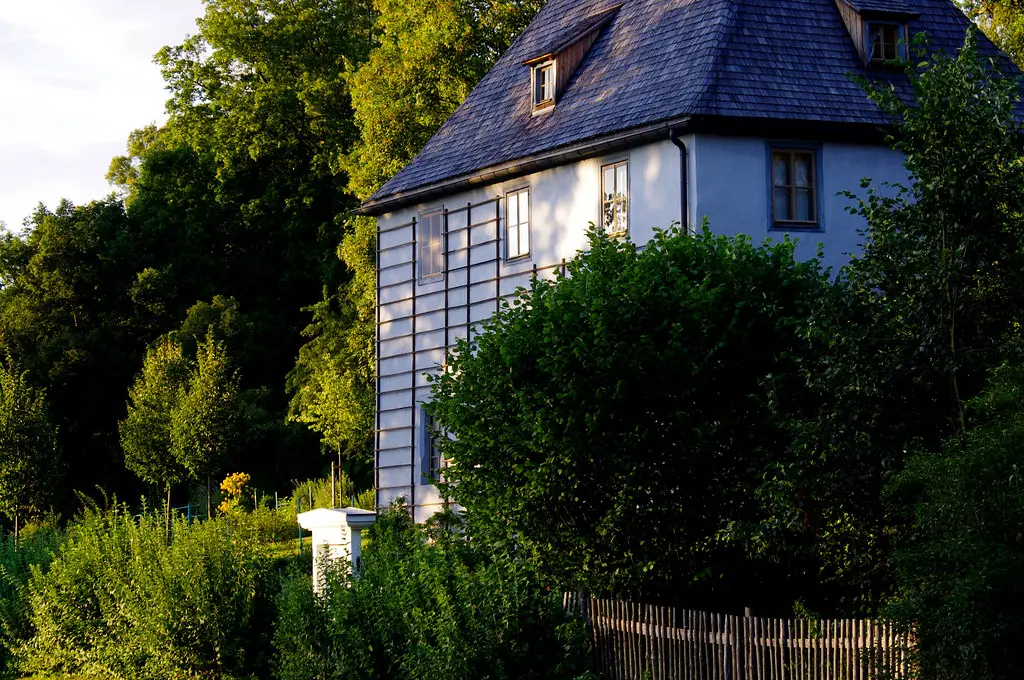
A public park situated along the banks of the Ilm river in Weimar, Germany.
It encompasses an area of over 200 hectares and is a popular destination for tourists and locals alike.
What to see or do: Take a leisurely stroll or rent a bike and explore the park’s scenic trails and paths.
The park is dotted with numerous historic landmarks including Goethe’s Garden House, the Roman House, and the Tempelherrenhaus.
Don’t miss: The stunning scenery of the park’s waterfall or the scenic views from the Belvedere Castle, which offers panoramic views of the surrounding countryside.
Insider travel tips: Pack a picnic and enjoy a lazy afternoon on the park’s expansive lawns.
Entrance to the park is free, but some of the historic landmarks may require an admission fee.
Plan your trip for the spring or summer months to experience the park’s lush foliage and blooming flowers.
14. Neues Museum Weimar
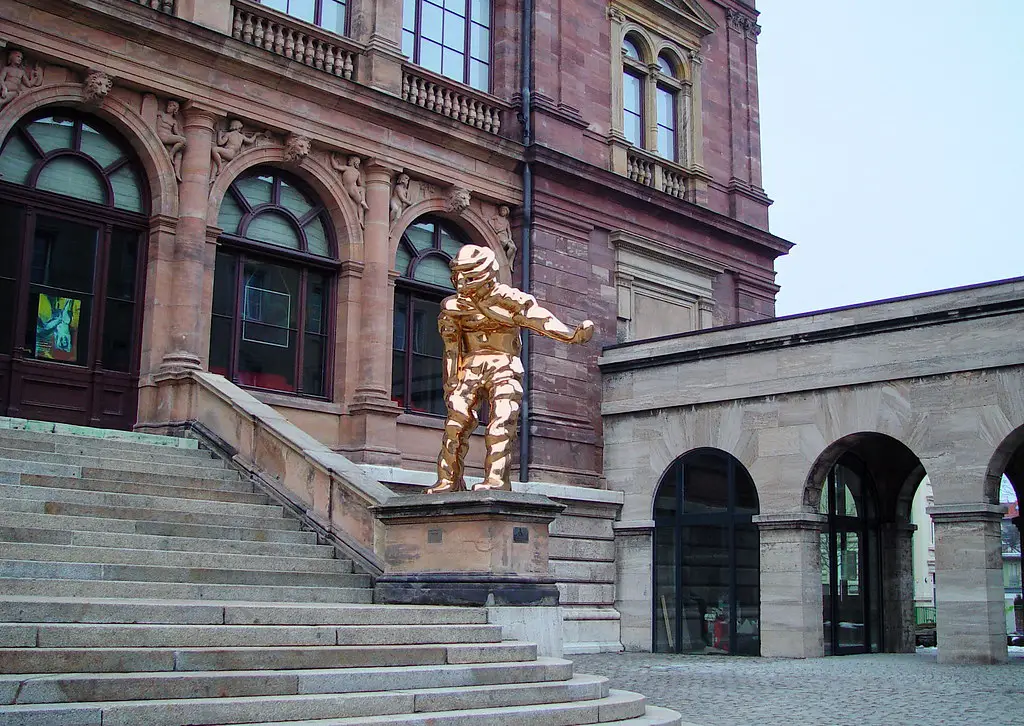
The Neues Museum Weimar is a museum in the city of Weimar, Germany, that showcases art and cultural artifacts from the early 20th century.
What to see or do: Visitors can explore various exhibitions featuring paintings, sculptures, drawings, and other artistic expressions from the Bauhaus movement, Art Nouveau, Expressionism, and other modern art streams.
The museum’s permanent collection includes works by Gustav Klimt, Henry van de Velde, and Wassily Kandinsky, among others.
Don’t miss: The museum houses the famous Walter Gropius room, which is dedicated to the founder of the Bauhaus school of art and design.
It features original furniture, photographs, and other materials from Gropius’s life and career.
Insider travel tips: • The museum is closed on Mondays, so plan your visit accordingly.
15. Haus am Horn
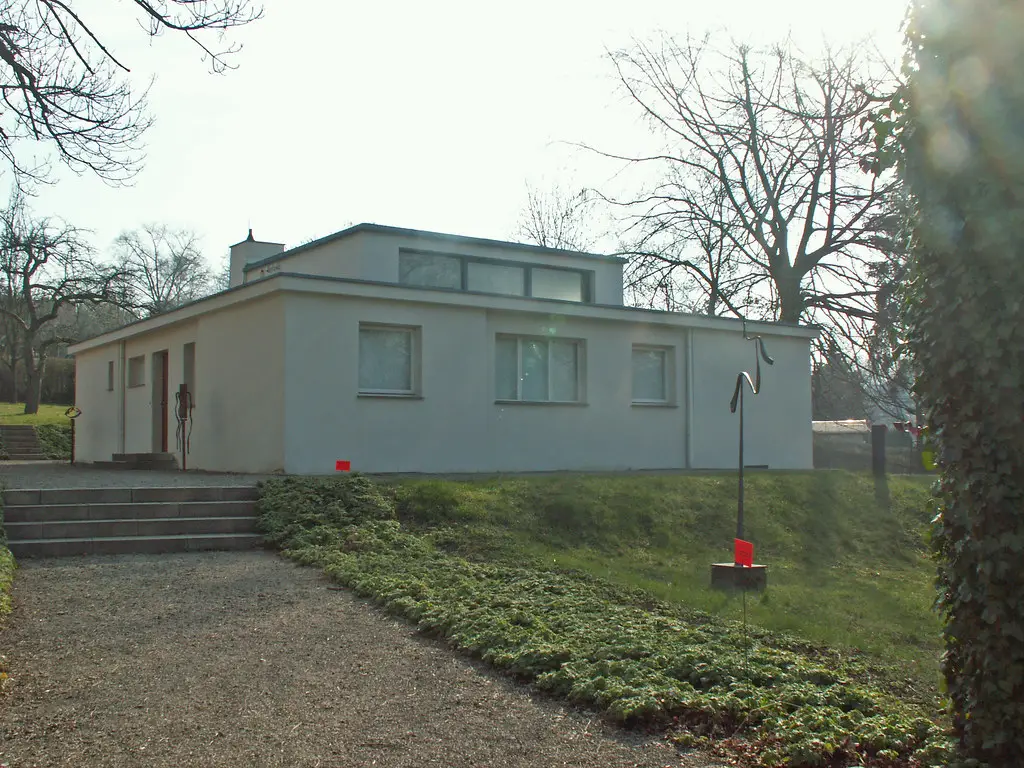
An iconic building designed by Georg Muche for the 1923 Bauhaus exhibition in Weimar, Germany.
What to see or do: Explore the revolutionary architectural features of the building, including its sleek lines, asymmetrical composition, and modernist materials.
Admire the minimalist interior with its striking color palette and geometric shapes.
Don’t miss: The expansive garden surrounding the Haus am Horn, which offers a serene escape from the city and boasts various outdoor installations.
Insider travel tips: Check ahead for guided tours of the property, which can provide valuable insight into the historical and artistic significance of the Haus am Horn.
Additionally, be sure to bring a camera to capture the striking contrast between the stark modernist building and the lush natural surroundings.
💪 Support independent web, support us: